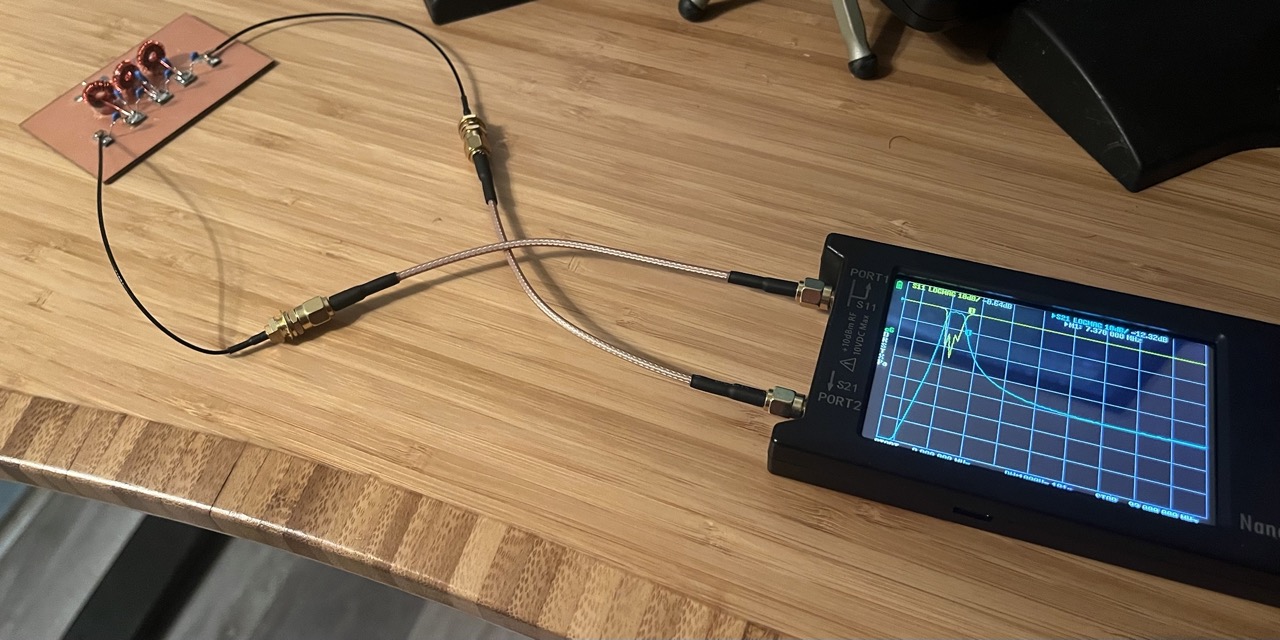I have the long term goal of designing and building an amateur radio transceiver.
In order to do this, I have realized that it would be beneficial to have both
a network analyzer and a spectrum analyzer on hand to test parts of the design.
For a network analyzer, I purchased a NanoVNA H4. The NanoVNA is a budget
network analyzer that can be used for antenna analysis, measuring filter
responses, measuring amplifier gain, and measuring transmission lines.
I paid $100 shipped for my NanoVNA H4 from R&L Electronics.
For the spectrum analyzer, I purchased a TinySA.
It cost me $57 shipped from AliExpress.
A concern that I have when using these devices is that I may connect them to
too strong of a signal and damage them. The NanoVNA has a maximum input of +20
dBm and the TinySA will handle +10 dBm. It does not take much to accidentally
generate a too powerful of a signal and to blow up the input stages of either
device. These are relatively cheap devices, but I still
don't want to destroy them. To protect these devices, I have decided to
build a set of attenuators.
